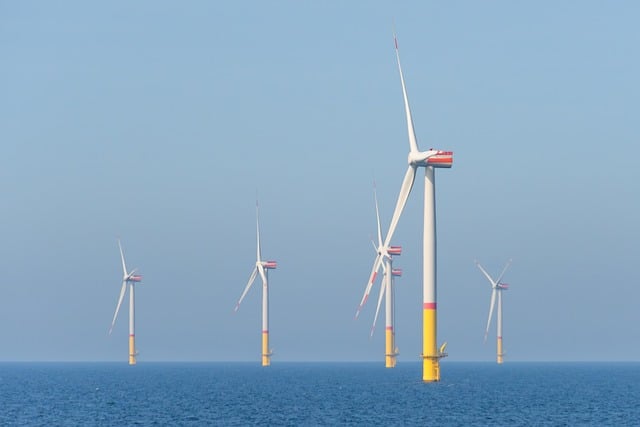Sustainable building is more than just a trend; it’s a movement towards creating spaces that harmonize with our environment. As we face the escalating challenges of climate change, the need for sustainable development becomes critical. By focusing on reducing our ecological footprint, we can pave the way for a healthier planet and future generations.
At the heart of sustainable building is the concept of using green technologies. These technologies not only aim to reduce energy consumption but also enhance the overall efficiency of buildings. Innovations like solar panels, energy-efficient insulation, and rainwater harvesting systems are becoming the backbone of modern construction. By integrating these solutions, we can design infrastructures that minimize their impact on the Earth.
The influence of sustainable building extends beyond mere resource conservation. It fosters a sense of community, encouraging businesses and individuals to participate in creating a carbon-neutral future collaboratively. Every effort counts, whether it’s utilizing recycled materials or advocating for sustainable resources in design. As more builders and architects embrace sustainable practices, the collective effort moves us closer to a world where our ecological footprint is drastically reduced.
Moreover, the aesthetic appeal of sustainable buildings often surprises those who are unfamiliar with eco-friendly designs. Modern green architecture marries form and function, proving that you can live in style without compromising the environment. Building with sustainable materials not only provides a refuge for inhabitants but also respects and safeguards the surrounding natural landscape.
Transitioning to sustainable building is not just about the present; it’s about securing a future where future generations can thrive. With the ongoing advancements in green technologies, the path to achieving carbon neutrality is becoming increasingly attainable. Many governments worldwide are incentivizing sustainable building practices, creating a ripple effect that encourages widespread adoption.
As we continue to witness urban expansion, it is imperative to challenge the traditional construction methods that have contributed to our environmental crises. By prioritizing sustainable building, we embrace an ethos of stewardship towards our planet. Each structure we erect can be an opportunity to minimize our carbon output and utilize our resources judiciously.
In conclusion, sustainable building represents not only a necessary evolution in our construction practices but also an inspiring vision for a harmonious relationship between humans and nature. By investing in green technologies and prioritizing sustainable development, we can significantly reduce our ecological footprint and move toward a carbon-neutral future that benefits all living beings.




